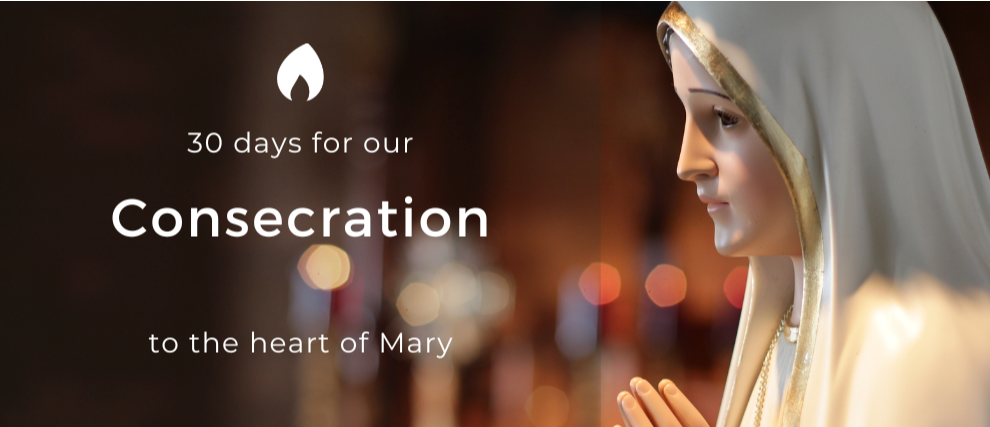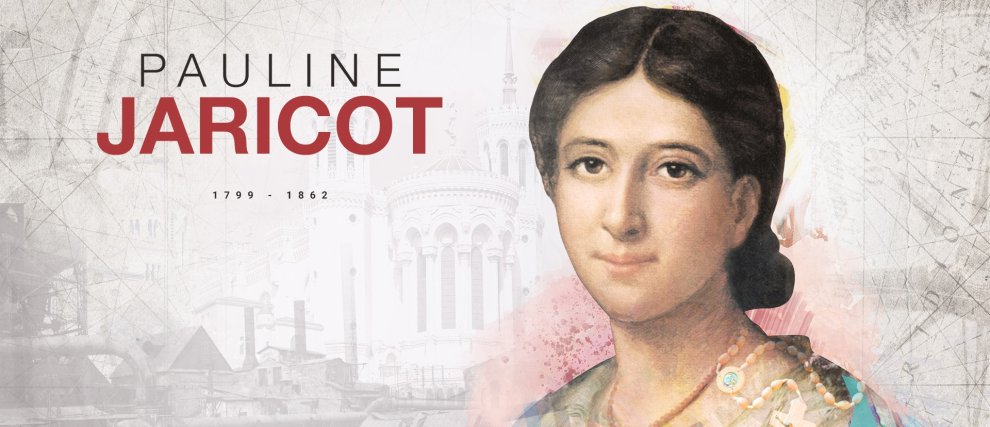Saint Philomena
Saint Philomena was a virgin and martyr of the 4th century. She was martyred under the persecution of Emperor Diocletian for refusing to marry him. Found in a catacomb in Rome in 1802, her relics are a source of many miracles and the saint emerges from obscurity to become globally known and venerated.
History of Saint Philomena
Philomena was the daughter of a king of Greece. Both her parents were of royal blood and were pagans who offered many sacrifices and prayers to their gods to have a child, but in vain. One of their Christian servants assured them that their prayer would be answered if they embrace the Christian religion. The couple received baptism and a year later, on January 10th, the little Lumena was born, whose name meant “light.” At her baptism she received the name Philomena which means “friend of light”. At the age of 13, Philomena accompanied her parents on a trip to Rome to conduct peace negotiations with Emperor Diocletian. The emperor, charmed by the beauty of the young girl, agreed to leave the kingdom in peace on the condition that Philomena be given to him in marriage. The young girl firmly opposed this and revealed her vow of virginity to the Lord made at the age of 11. Her parents begged her to accept to preserve the peace, but the young girl was inflexible. The emperor, furious, resorted to torture.
After 37 days in prison enduring all kinds of torments, the Virgin Mary, holding her divine Son in her arms, appeared to Philomena in the midst of heavenly light and told her: “My daughter, three more days in prison and, after forty days, you will be released from this state of pain.” The Virgin also told the young girl that she would face a more terrible battle than the previous ones, but assured her of her help, that of the archangel Gabriel, and that she would receive grace and strength at the time of the trial. Philomena was first tied to a pillar and mercilessly whipped. Her body, entirely covered in wounds, was healed by angels, and the emperor found her radiant the next day. He then ordered that she be thrown into the Tiber with an anchor around her neck. Again, two angels came to her rescue, cutting the rope. The young girl found herself on the bank perfectly dry.
Seeing her as a witch, Diocletian ordered her to be pierced with arrows. Mortally wounded, she fell asleep and woke up once again perfectly healed. She was then shot with flaming arrows which turn back against the archers, killing several. With each miracle, an increasing number of spectators converted and the emperor decided to end it by cutting off the head of young Philomena. She entered gloriously into Heaven on Friday, August 10th.
Devotion to Saint Philomena
In 1802, the tomb of Saint Philomena was found in the Roman catacomb of Priscilla, during an excavation organized by the Holy See. The tomb is sealed by three bricks bearing the inscription: “Lumena - Pax te - Cum fi”, which means: “Peace be with you, Philomena.” Her martyrdom is indicated by decorative signs surrounding her tomb: the arrows, the anchor, and the sword. On August 10, 1805 (the anniversary of her death), her body was brought to Mugnano, Italy, accompanied by a crowd of miracles. The pope authorized the worship in the sanctuary of Mugnano and then throughout the diocese of Naples. Devotion to Saint Philomena then quickly spreads. In 1833, the Neapolitan nun, Sister Maria Louise of Jesus, received visions in which Saint Philomena revealed her life to her. The mystic Maria Valtorta also received a vision of the martyrdom of the young Saint Philomena.
Miracle of Saint Philomena, the healing of Pauline Jaricot In 1834
Pauline Jaricot, founder of the Society for the Propagation of the Faith, was seriously ill. Her health deteriorated rapidly, and doctors gave her only a few months to live; she was then 35 years old. Since she was 15, and following an accident, she suffered from neurological crises. A religious person offered her a relic of Saint Philomena which was becoming increasingly famous following the discovery of her tomb 30 years earlier. Pauline Jaricot became attached to this young Roman martyr, whom she discovered in Life of Saint Philomena which became her bedside book. Pauline was convinced that Philomena would heal her, on the condition that she went to her tomb and obtained from the pope the official recognition of the saint's cult. The journey to Mugnano was unthinkable for Pauline, who was bedridden and near death. Against all common sense, she undertook the journey, chaining novenas to Saint Philomena, nearly dying a dozen times along the way. She arrived in 1835 and Pope Gregory XVI, who knew her well thanks to her work, came to see her in person. Pauline obtained from him the promise to personally take care of the Philomena file if, at the end of her stay in Mugnano, she visited him on foot at the Vatican. Upon arriving at the tomb, Pauline felt relieved of her ailment. The day after, on the feast of the young saint, Pauline had the miracle attested. A year later, after examining the file, the pope granted official recognition of the cult of Saint Philomena and permission to venerate her in the basilica of Fourvière in Lyon and in Ars in the parish of the Curé d'Ars, where Pauline brought relics.
Saint Philomena and the parish priest of Ars
Saint Philomena is called “The little saint of the Curé d'Ars,” indeed, Saint Jean-Marie Vianney, the Curé d'Ars, had a strong devotion to the young martyr. In 1837, the parish of Ars received a special pontifical permission to venerate Saint Philomena. It was Blessed Pauline Jaricot who, following her healing obtained during a pilgrimage, brought relicsof the saint to the Curé d'Ars. The Curé d'Ars used to send his faithful, especially those who hoped for great graces, to pray at the altar of Saint Philomena in the parish church. It was there that numerous miracles of the Curé d'Ars occurred through the intercession of the little saint.
Prayer to Saint Philomena
Illustrious virgin and martyr, blessed Saint Philomena, whose name and miracles are known to the ends of the earth, please be attentive to my trust in your intercession, and to my desire to see your worship spread throughout the whole universe. Glorious virgin and martyr, I rejoice with you in the power that the Lord has given you, for the Glory of His Name and for the edification of His Church. I am delighted to see you so pure, so generous, so faithful to Jesus, so elevated in glory. Drawn by your examples to the practice of virtue, hopeful at the sight of the rewards granted to your merits, I want to flee from sin and fulfill all that God commands me. Help me, great Saint, to obtain a purity forever inviolable, a generosity that does not refuse any sacrifice for the love of God, boundless devotion, the Catholic faith, and... (mention the specific favor you desire). This God so good for whom you have given your blood and your life, this God who has loved me so much, will not refuse anything to your prayers. Amen.
Discover the powerful prayers to Saint Philomena to receive her intercession. Pauline Jaricot said to the holy parish priest of Ars: “Father, have great confidence in this saint! She will get you anything you ask for. ” Saint Jean-Marie Vianney noted the perfect accuracy of these words.
Pray to the saints with Hozana
- . Come and join us, Saint Rita is constantly listening to us. Let's remain patient and invoke her day after day, she will always intercede for us!
- . Discover the ingenious and free priest who hides behind the sometimes old-fashioned image of the holy Curé d'Ars and, with him, (re)discover the happiness of loving God.
- . She became so attached to the little Saint Philomena that she obtained her healing. With Pauline, ask the Lord for the grace of inner conversion.

